As we have discussed throughout our “modes of transport” section, finding the right mode of transport for your export consignment relies on you assessing the product you are exporting, your geographical location in relation to your buyer and the specifics you have negotiated with your buyer. Based on these elements, you may find that road transport is impossible due to your geographical location, and sea freight is not advisable due to the nature of the product you are shipping. Thus, air freight is the suitable mode of transport to be used.

As we discussed in our air freight article, air freight is the most expensive mode of transport. However, utilising air freight does have several distinct advantages. For example, air freight is faster than sea freight and often safer than road transport. In this article, we give you an insight into how air freight rates are calculated.
How are Air Freight Rates Charged?
Where air freight is concerned, rates are divided into seven categories and expressed as a monetary amount per “chargeable unit”. A chargeable unit is either the actual weight expressed in kilograms or the volumetric weight expressed in cubic centimetres, where 6000 cubic centimetres is equal to one kilogram. The chargeable unit will be based on whichever one yields the higher revenue for the airline. For example, if a consignment is small and dense, the chargeable unit will be based on the actual weight expressed in kilograms. However, if the consignment is bulky and lightweight, the chargeable unit will be based on the volumetric weight.
The Different Categories of Air Freight Rates
All air freight rates have weight break points at which the rate per chargeable unit reduces when the mass of a consignment exceeds a certain level. For example, if a consignment’s total weight or volumetric weight exceeds a certain total amount, the rate per chargeable unit reduces.

Incorporating accurate air freight rates in your overall export costing exercise is essential to ensure you are profitable in your intended market. While a freight forwarder usually guides you through accessing the appropriate rates, it is important that you understand how certain figures were reached and identify where mistakes have been made. Thankfully, Trade Forward Southern Africa, in collaboration with the International Trade Institute of Southern Africa, has created a free and comprehensive online training course that provides training on all aspects of transporting goods internationally, including modes of transport, Incoterms® and Multimodalism. Click the links below to sign up for free and get started.
To sign up to the School of Export CLICK HERE.
If you already have a profile, CLICK HERE to login to begin the module.
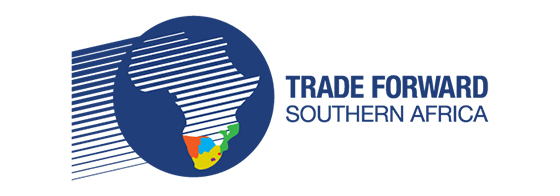
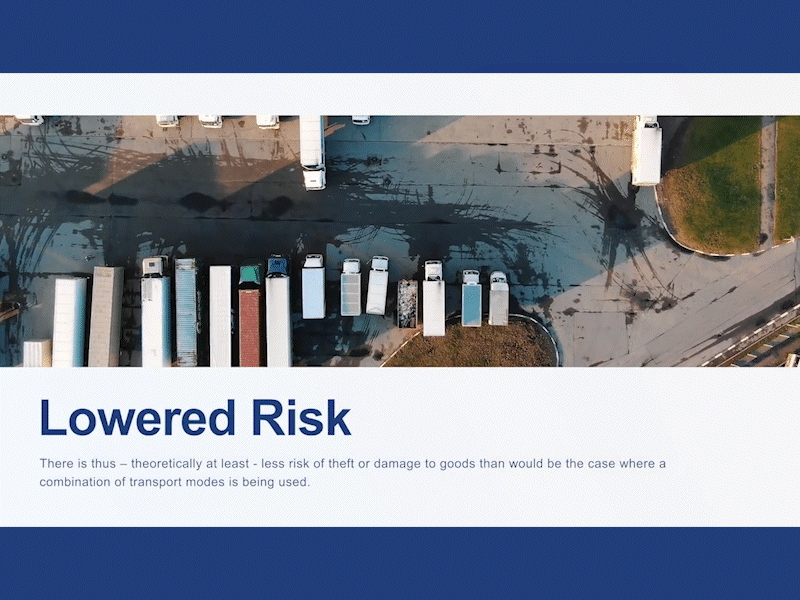
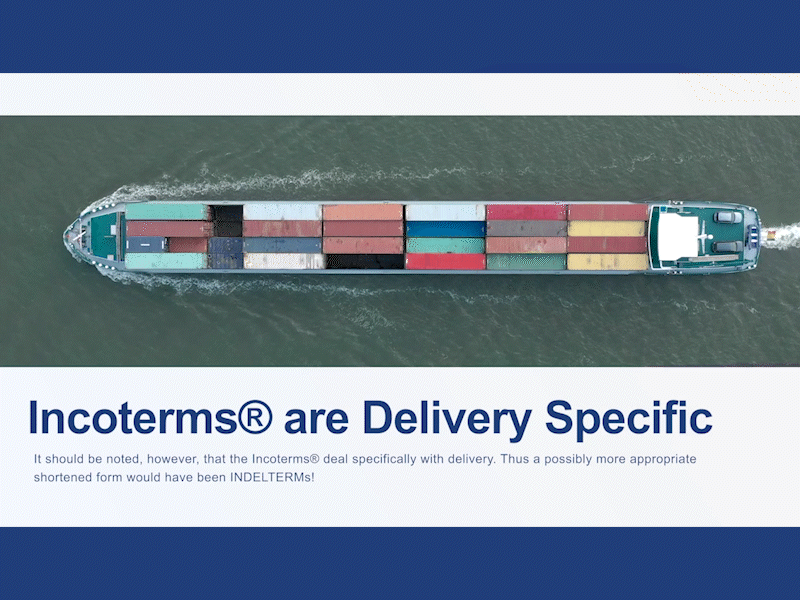
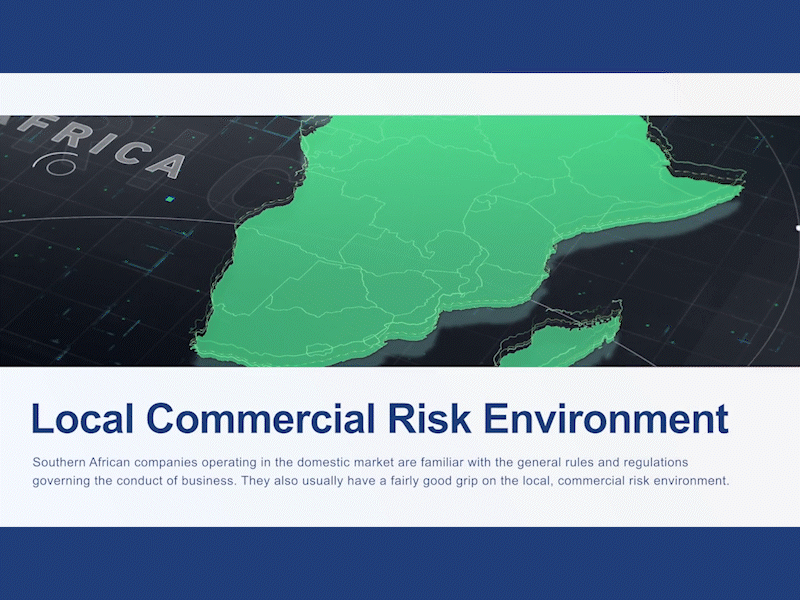
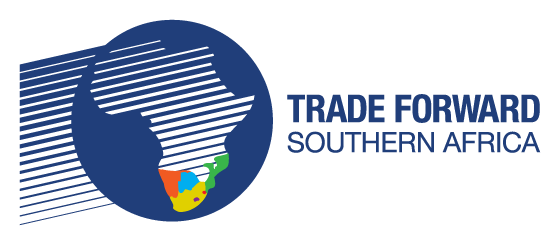
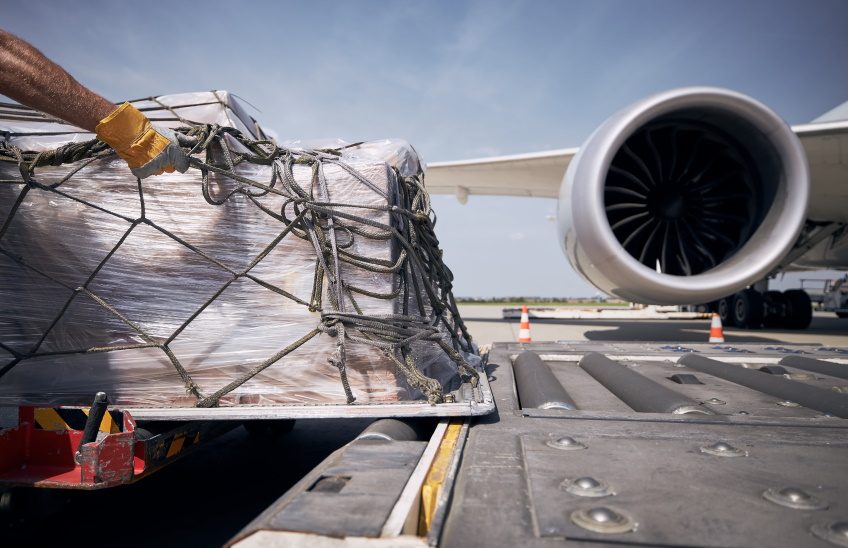




Leave a Reply